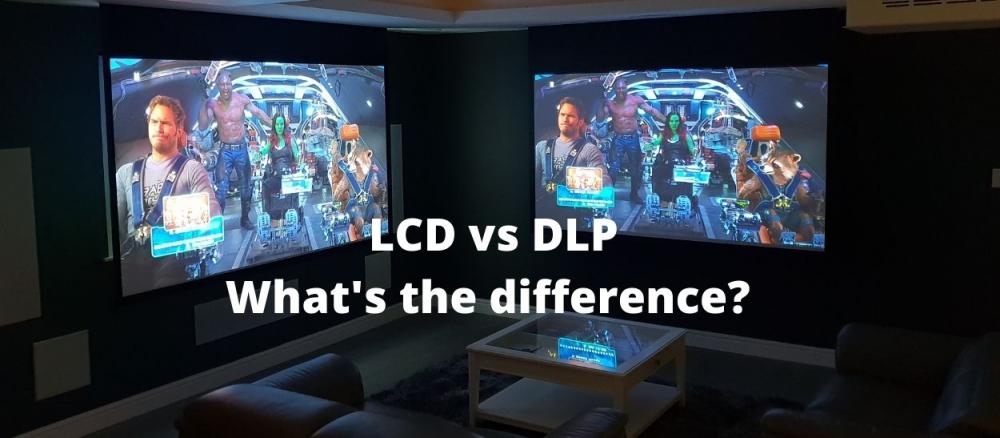Projector Types - LCD vs DLP - What is the difference?


Projector Types - LCD vs DLP - What is the difference?
How 3LCD Projectors Work
3LCD - Liquid Crystal Display - projectors work first by splitting white light into three primary colour beams (red, green and blue) through dichroic mirrors. The dichroic mirrors each have a specific colour wavelength for light to pass through while reflecting other colours away.
3LCD projects the image or video by the use of electrical signals. The LCDs’ pixels are coated with liquid crystals, so changing the electrical charge given to the liquid crystals will change the brightness of the LCD’s pixels. This means that the 3LCD’s pixels can be precisely controlled to create a range of brightness and colour required for the projection.
The panels in a 3LCD projector can generate smooth image graduations. The colours filtered through its specific LCD panel will then form in a dichroic prism to create a final image. This image is reflected out towards the lens, resulting in full-colour images and videos.
Pros- It has brighter colours, smoother gradations and colour accuracy than the 1-chip DLP projectors. LCDs do not have a rainbow effect unlike 1 chip DLP, so has sharp and high-quality bright images and videos.
Cons - It generally has a larger chassis than 1 chip DLP and can have panel degradation over time.
How DLP Projectors Work
DLP - Digital Light Processing - projectors contain up to two million microscopic mirrors on the DLP chip that can either tilt towards or away from the light source, turning the pixel white or black.
The DLP’s mirrors can be switched on and off several times a second using image processing circuits, allowing for a very smooth image with up to 1024 shades of grey.
Between the light source and the DMD (Digital Micromirror Device) chip is a spinning colour wheel, so the mirrors can be switched on and off in time with the correct colour, allowing for a display of 16.7 million different colours.
Pros - It has a higher contrast and sealed optics so the image is unaffected by dust, unlike the 3LCD projector. The DLP projectors have a smaller chassis and are generally more affordable.
Cons - DLPs are not as accurate in colour compared to the LCDs and when looking at the screen from side to side it can produce a ‘rainbow’ effect typically trailing across bright objects.
If you would like a more visual explanation take a look at How LCD and DLP Projectors Work - Youtube

 USD $
USD $ EUR €
EUR €